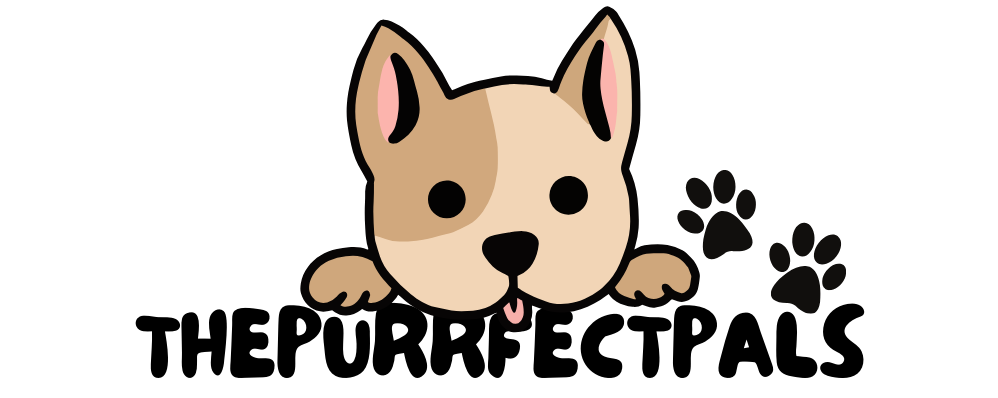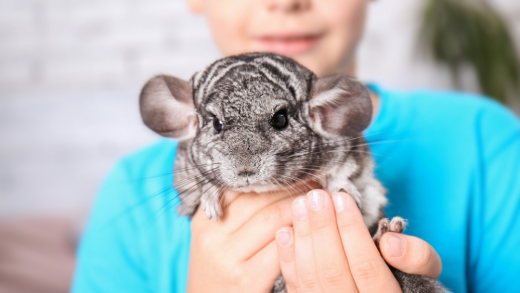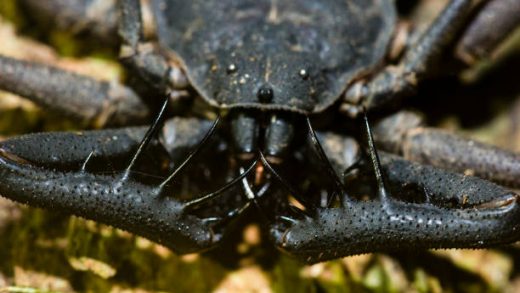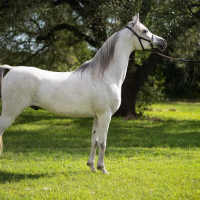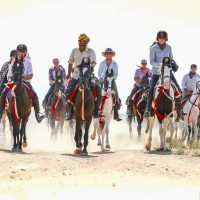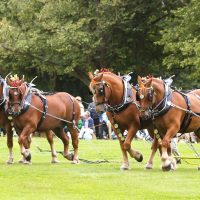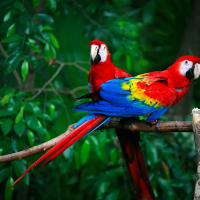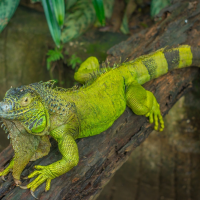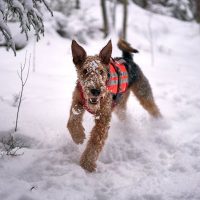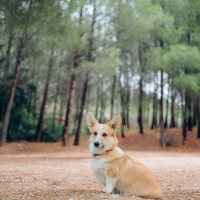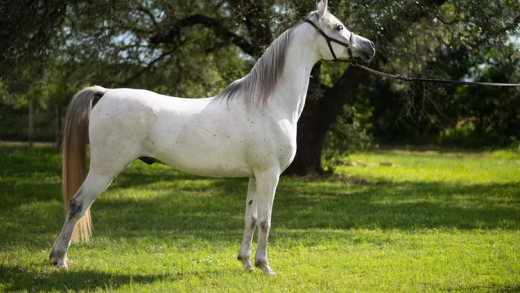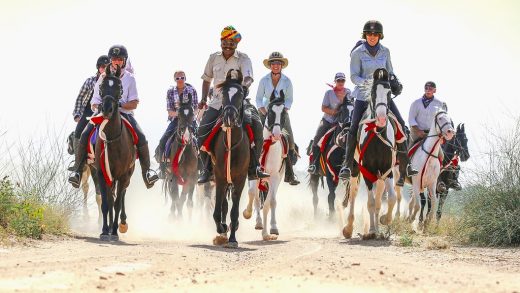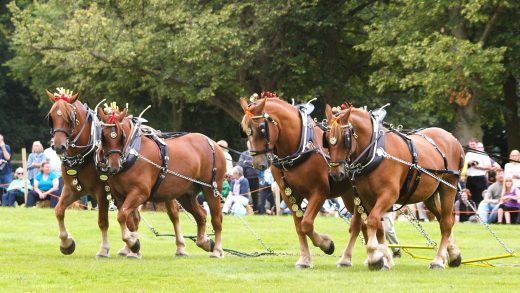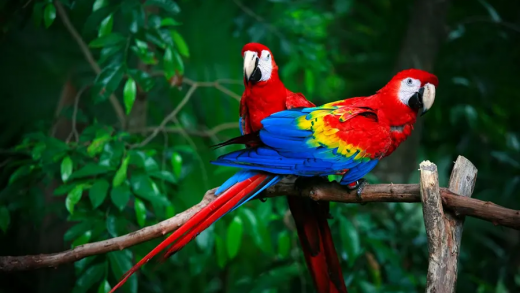Hyraxes often known as dassies, are small, thick herbivorous mammals in the order Hyracoidea. They are furry rotund animals with short tails.Modern hyraxes are approximately 30 to 70 cm (12 to 28 in) long and weigh between 2 and 5 kg (4 to 11 lb). They are apparently similar to marmots or giant pikas but are actually far more closely related to elephants and sea cows. They have a life span of 9-14 years. Both varieties of ‘rock’ hyrax dwell on rock outcrops including cliffs in Ethiopia and solitary granite outcrops known as koppies in southern Africa

Table of Contents
Quick Facts
Common Names: Hyrax, Dassie, Rock Rabbit
Scientific Name: Procaviidae (Family)
Family: Procaviidae
Lifespan: 5-10 years in the wild, up to 12 years in captivity
Habitat: Rocky terrains, savannas, and forests in Africa and the Middle East
Origin and History of Hyrax
Hyraxes often known as dassies or rock rabbits, are small, thickset herbivorous mammals that belong to the Procaviidae family. They are endemic to Africa and the Middle East, where they live in a variety of habitats ranging from rocky terrain to savannas and woods.

Hyraxes have a long evolutionary history, dating back to the early Eocene era some 55 million years ago. During this time hyraxes were much more diversified and common with some species reaching the size of small horses. Fossil evidence implies that they were once the main herbivores in Africa before being completely displaced by modern ungulates such as antelopes and zebras.
Physical attributes
The body of a hyrax is spherical and squat with thick fur covering it. Their brown to gray fur helps them blend in with their natural surroundings. They are able to grasp surfaces thanks to their sticky soles, short tails, and rounded ears. Their molars resemble those of elephants more than rodents yet their incisors grow continually.

Personality and Temperament
Hyraxes are sociable animals that live in colonies ranging in size from little family groups to large communities of up to 80 individuals. They are well-known for using loud vocalizations to communicate among themselves. Despite their timidity and dread of predators they may be incredibly bold in their colonies. They are diurnal meaning they are most active during the day.
Exercise and Activity Requirements
The majority of a hyrax’s time in the wild is spent in the sun, looking for food and climbing rocks or trees. They are adept climbers who can easily navigate steep terrain. When in captivity they require enough of space to climb and explore in order to emulate their natural habit.
Grooming and Needs
Hyraxes require little grooming. Grooming themselves and others is a common social practice for them. To avoid illness transmission in captivity their environment should be kept clean. Providing a diverse diet of leaves, fruits and vegetables is critical for their health.

Health and Common Concerns
Hyraxes are usually hardy creatures although they can suffer from common health conditions such as dental problems caused by their constantly developing incisors. They’re also vulnerable to respiratory illnesses and parasites. Regular health screenings and a clean environment can help prevent these problems.
Training and socialization
Hyraxes are not commonly kept as pets but those in captivity can be socialized to some extent. They can get used to human presence and may tolerate moderate handling. Positive reinforcement tactics such as treats can be used to promote desirable actions.
Conclusion
Hyraxes are fascinating species that share evolutionary relationships with some of the world’s largest mammals. Their social structures and behaviors make them fascinating topics to study. While they are uncommon pets recognizing their requirements and features is critical for their maintenance in captivity or admiration in the wild.
People also read about: Common Health Issues in Exotic Pets and How to Prevent Them 2024 (Reptiles)
